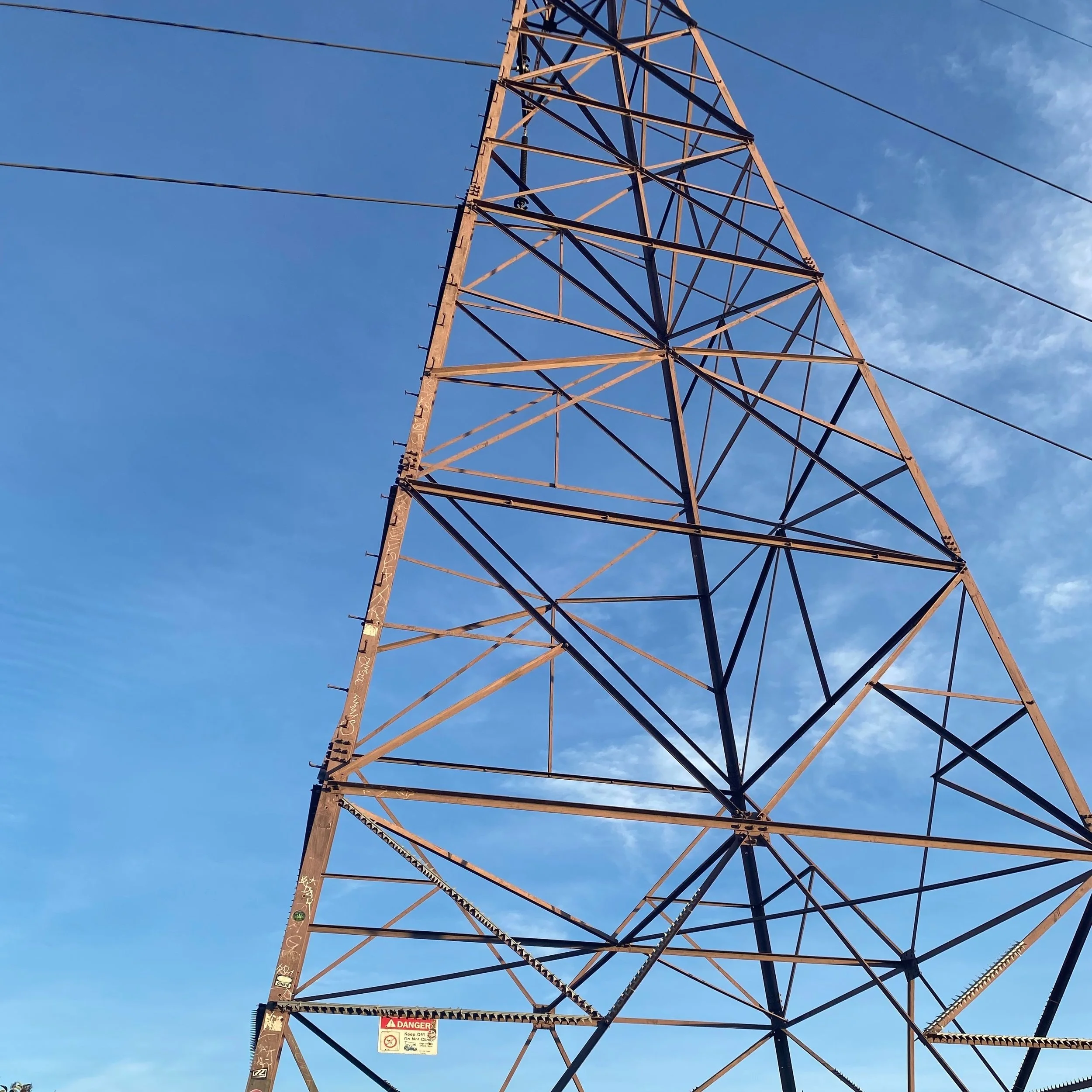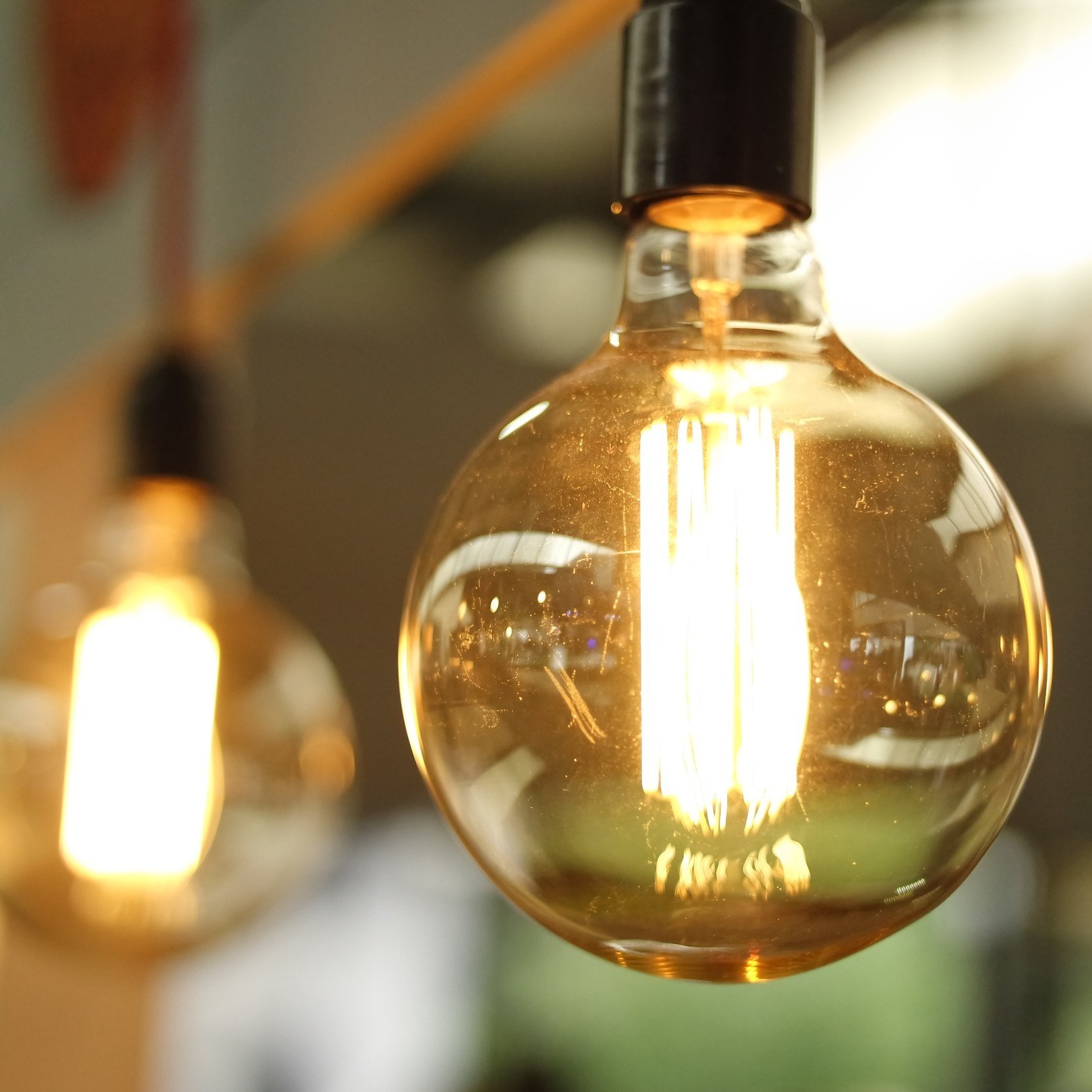Sustainable Savings Tips
(Urban Renewable is not associated with any of the resources listed here)
With a click, Los Angeles residents can save money, water, and electricity while beating the summer heat. Whether it’s:
Bill-paying assistance
Tips on energy-efficiency rebates and discounts
Finding the best drought-tolerant plants for your yard
Or staying cool when temperatures rise
The links below will help community members stay safe and reduce their bills while conserving water and electricity.
Bill-Paying Assistance
There’s no hitch: if you qualify for assistance, you can get a discount to help reduce your electric, water, and sewer bills. It’s called EZ-SAVE and it’s available to Los Angeles Department of Water and Power (LADWP) customers.
The State of California’s Low Income Home Energy Assistance Program (LIHEAP) helps qualified individuals offset heating and/or cooling costs. LIHEAP also provides funds to weatherize your home.
The federal government offers the Low-Income Household Water Assistance Program (LIHWAP), which provides emergency assistance to families experiencing hardship with their water bills so that service remains active.
The City of LA’s Senior Citizen/Disability Lifeline Rate offers senior and disabled citizens an exemption on their electric and other utility bills.
LADWP’s Life Support Equipment Discount helps eligible customers who use devices including motorized wheelchairs, respirators (all types), dialysis machines, suction machines, apnea monitors, iron lungs, and electronic nerve stimulators.
Energy-Efficiency Rebates, Discounts, free stuff & Resources
FREE STUFF: Whether you’re a homeowner or renter, LADWP offers free water-saving devices for kitchen and bathroom. With water costs soaring, these items are good for the pocketbook and planet.
LADWP’s “Marketplace” offers customers rebates and serious discounts on a variety of products. From light bulbs to air conditioners and refrigerators, there are easy ways to save money and conserve resources.
Customers of participating Metropolitan Water District agencies can enjoy SoCal Water$mart, where you can score savings on water-wise products and rebates on everything from sprinkling nozzles to highly efficient clothes washers.
California American Water has a great conservation page that leads its customers to free water-saving devices, landscape resources, rebates, a leak detection kit, and water saving tips. .
Customers of participating Metropolitan Water District agencies can participate in a great turf-replacement program; and get a $100 rebate on water-flow monitors.
Ready to swap out your energy guzzling fridge? LADWP’s REfrigerator Turn-In and REcycle (RETIRE) Program will help you get rid of your old one, and throw in a $60 rebate.
The Home Energy Improvement Program (HEIP) offers LADWP customers home assessments to improve energy and water performance in their homes.
Switch is On is an educational effort by energy providers, environmental organizations, and California State agencies to help folks reduce their utility bills and learn how some new products can help achieve that goal. Enter your zip code here, and Switch Is On will help you find additional local incentives.
Water-Wise Landscaping Tips
In California, 80 percent of residential water use is outside. That’s a lot of water, and new water restrictions are going to make it harder and harder to keep your lawn and garden green. If you’re ready to water less (it’s called “xeriscape” and it’ll save you $$) and go native with your landscaping (which will make the birds, bees, and bugs really happy), here are some places to learn more:
California Friendly Landscaping. LADWP sponsors this site and offers some good ideas about lawn alternatives, native plants, and how to make your garden thrive in drought times.
Been thinking about getting rid of your water-guzzling lawn? LADWP’s New LA Yard program provides up to a $15,000 rebate when you replace your grass with California native plants. But you have to sign up before you start, so click the link above and get pre-approved!
The California Native Plant Society has a great site where you can type in your address and be presented with the California natives that can thrive in your hood.
The Water Use Classification of Landscape Species site lets you search for native plants by name, type, or how much water is required. It also lets you plug in your address for hyper-local results.
The Theodore Payne Foundation’s nursery in Sun Valley propagates and sells wildflowers and native plants. They also have classes on “xeriscaping,” which is a style of landscaping that requires little or no irrigation or maintenance.
How to Keep Your Home Cool
Generally speaking, urban areas are hotter than nearby rural areas because we don't have as much greenspace and all of our buildings and dark pavement absorb and emit a lot of heat. But some urban communities suffer more than others from extreme heat: Marginalized and historically redlined communities are generally hotter than affluent and historically privileged communities. Here are 12 DIY and affordable home hacks that will help you stay cool when the weather heats up.
Keep your window coverings closed. This might sound obvious, but it’s also really effective at the lowest cost. Almost all the heat baking you during hot summer days enters your residence via windows, even when they’re tightly closed. Less heat streaming into your home means less need for that air conditioner. The U.S. Department of Energy has suggestions about the best window coverings.
Upgrade your window treatments. Blackout curtains aren’t the prettiest but they really keep out heat. Luckily, there are options! Medium- or neutral-colored curtains with white plastic backing can reduce heat gain by as much as 33 percent. You can also opt for with triple-woven fabric or curtains with thermal backing. The advice site Angi has some affordable window-treatment suggestions.
Add some plants. If you place big leafy plants near light-facing windows, they will act like a natural curtain to shield your interior space from the sun’s strong rays and keep the heat down.
Shut the door. If you’re not using a room, keep that door closed during the hottest part of the day. No need to try and keep your bathroom or bedroom cool if you’re not in it. When temperatures start to drop, though, open doors and windows to let the cooler air in.
Create a cross breeze. It’s not quite a contradiction from our suggestion to shut the door. Timing is everything: On days when there is a breeze, or temperatures have gone down in the evenings, open windows to get the cooler air flowing. If you have a fan, point it at the open window to suck the hot air out of your residence.
Opt for light sleeping materials. If you don’t want to splurge on special cooling sheets, make sure you’re as cool as you can be with the ones you have. Breathable cotton is best in summer months.
Lower your mattress. Since heat rises, sleeping closer to the floor can help you stay cool. And it’s a lot cheaper than buying a new mattress with built-in cooling gel.
Reset your ceiling fans. Make sure they rotate counter-clockwise in summer. It will move cool air downward and result in what’s known as the wind chill effect, which makes the air feel cooler regardless of the temperature.
Put a bucket of ice in front of your fan. It’s a super simple way to make the air coming from your fan a little cooler. It’s quick and easy, and you can chill a drink in that bucket while you’re at it.
Use your exhaust fans. Turn on your bathroom fan after a hot shower and the one in the kitchen while you’re cooking and for a bit after you’re through. The fans work to pull out hot air and moisture, which will keep temperatures down.
Swap out your lightbulbs. Changing your incandescent bulbs to CFL or LED makes sense, since close to 90 % of the energy used by incandescents is emitted in the form of heat. Plus, they’re more expensive to use.
Control your body temperature. We’re in a drought so don’t go crazy, but use water to cool down: Take a cool shower before bed; turn hot water bottles into ice packs by filling and freezing them before bedtime; and drink chilled water throughout the day.
For more information, be in touch at: info@urbanrenewable.org
































